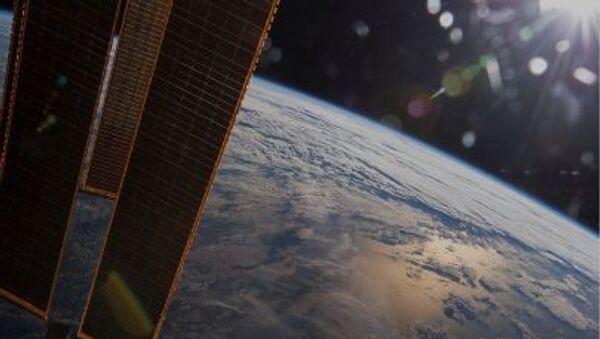ويمكن رصد هذه الشهب بشكل واضح عادة اعتبارا من 14 يوليو/ تموز إلى 24 أغسطس/ آب من كل عام، لكن بحسب "ناسا" ستبلغ ذروة هذه الشهب في هذا الأسبوع من العام الجاري.
وبحسب موقع "space" المتخصص بعلوم الفلك والفضاء، ستشهد أيام 11 و12 و13 أغسطس، أعلى مستويات لزخات الشهب التي يمكن رصدها بالعين المجردة.
Watch the skies! Late tonight and early tomorrow morning is the peak time for viewing the Perseid meteor shower. ☄️
— NASA (@NASA) August 12, 2020
Can't get outside? NASA TV has you covered! Tune in starting at 9pm ET for a Perseids livestream from our camera at @NASA_Marshall: https://t.co/mzKW5uV4hS pic.twitter.com/bwgYK2jHJ6
وفي ظل الظروف المثالية (عدم وجود غيوم أو ضباب أو أضواء المدينة)، يتوقع المراقبون رؤية ما يقارب من 100 نيزك في الساعة، وهي نسبة أعلى بكثير من النسب في الأعوام السابقة، حيث اعتبرته وكالة "ناسا" واحد من "أكبر العروض" الفلكية لهذا العام.
Visualize the Perseid meteor stream in space ☄️
— EarthSky (@earthskyscience) August 12, 2020
This is such a cool visualization. It uses NASA data to render known Perseids meteoroids as they move through the space of our solar system. Don't miss this: https://t.co/yyp8ITnHJo
Image via Ian Webster. pic.twitter.com/uFdtE13gdq
وبعكس العام الماضي، لن يعيق القمر هذه المرة ضهور الشهب في السماء، لكن توهج المدينة الساطع قد يحد من إمكانية رصدها في كثير من الأحيان.
Two of the brightest meteors i captured tonight. Image doesn't do them justice. This is a 5.8mm Lense with a nearly 180deg field of view. Those two were really bright and long. 😍
— Florian Kunde (@Flokugrafie) August 12, 2020
Taken with Nikon D5600 and Lensbaby Fisheye near Hamburg, Germany#Perseids #PerseidsMeteorShower pic.twitter.com/FPjwOmblwc
ولرؤية هذه الظاهرة الفريدة يفضل الذهاب إلى الأماكن البعيدة عن أضواء المدن مثل القرى أو الأرياف، حيث يمكن رصد الكثير من هذه الشهب، بحسب "cbsnews".
We are right in the peak of the most famous meteor shower of the year, the Perseids.🌠 The slight moonlight shouldn't be a big issue as even small meteors can be seen through it. Time to lay in the grass and enjoy the show! @StormHour @B_Ubiquitous @esa_es @SpaceToday1 pic.twitter.com/IUj5nBy8Qy
— Adrien Mauduit (@NightLights_AM) August 12, 2020
وأفضل وقت لعملية الرصد هو ساعات ما قبل الفجر، حيث تبلغ الشهب ذروتها في صباح يوم 12 و13 أغسطس، أو قبل هذا التاريخ أو بعده، في الشمال أو الشمال الشرقي من السماء.


